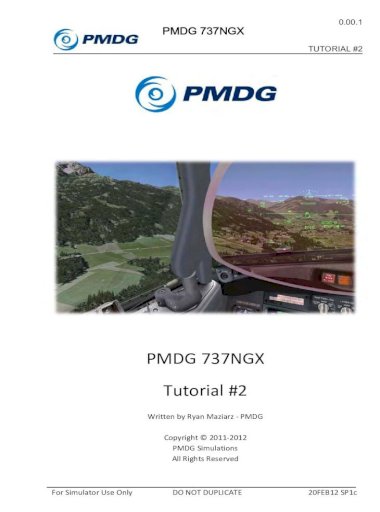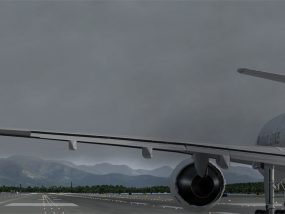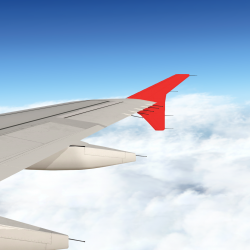

The minimum ceilings allowed for low and flat shows are 4,500 feet, and 1,500 feet respectively. The high show requires at least an 8,000-foot (2,400 m) ceiling and visibility of at least 3 nautical miles (6 km) from the show's centerpoint. The parameters of each show must be tailored in accordance with local weather conditions at showtime: in clear weather the high show is performed in overcast conditions a low show is performed, and in limited visibility (weather permitting) the flat show is presented. The Solos join the Diamond Formation near the end of the show for a number of maneuvers in the Delta Formation. Some of the maneuvers include both solo aircraft performing at once, such as opposing passes (toward each other in what appears to be a collision course) and mirror formations (back-to-back, belly-to-belly, or wingtip-to-wingtip, with one jet flying inverted). The highest speed flown during an air show is 700 mph (just under Mach 1) and the lowest speed, is 126 mph (110 knots) during Section High Alpha with the new Super Hornet (about 115 knots with the old "Legacy" Hornet). The Solos showcase the high performance capabilities of their individual aircraft through the execution of high-speed passes, slow passes, fast rolls, slow rolls, and very tight turns. The Diamond, in tight formation and usually at lower speeds (400 mph), performs maneuvers such as formation loops, rolls, and transitions from one formation to another. Most of the show alternates between maneuvers performed by the Diamond Formation and those performed by the Solos.


cities and capitals also locations in Canada are often included in the air show schedule.ĭuring their aerobatic demonstration, the six-member team flys F/A-18E Super Hornets, split into the diamond formation (Blue Angels 1 through 4) and the Lead and Opposing Solos (Blue Angels 5 and 6). The "Blues" perform at both military and non-military airfields, and often at major U.S. The mission of the United States Navy Flight Demonstration Squadron is to showcase the pride and professionalism of the United States Navy and Marine Corps by inspiring a culture of excellence and service to country through flight demonstrations and community outreach. Īs of November 2011, the Blue Angels received $37 million annually out of the annual Department of Defense budget. Since 1946, the Blue Angels have flown for more than 505 million spectators. Members of the Blue Angels team also visit more than 50,000 people in schools, hospitals, and community functions at air show cities. An estimated 11 million spectators view the squadron during air shows from March through November each year. The "Blues" still employ many of the same practices and techniques used in the inaugural 1946 season. The Blue Angels typically perform aerial displays in at least 60 shows annually at 30 locations throughout the United States and two shows at one location in Canada. The team, composed of five Navy and one Marine Corps demonstration pilot, fly Boeing F/A-18 Super Hornets. Formed in 1946, the unit is the second oldest formal aerobatic team (under the same name) in the world, after the French Patrouille de France formed in 1931. The Blue Angels is a flight demonstration squadron of the United States Navy.


 0 kommentar(er)
0 kommentar(er)
